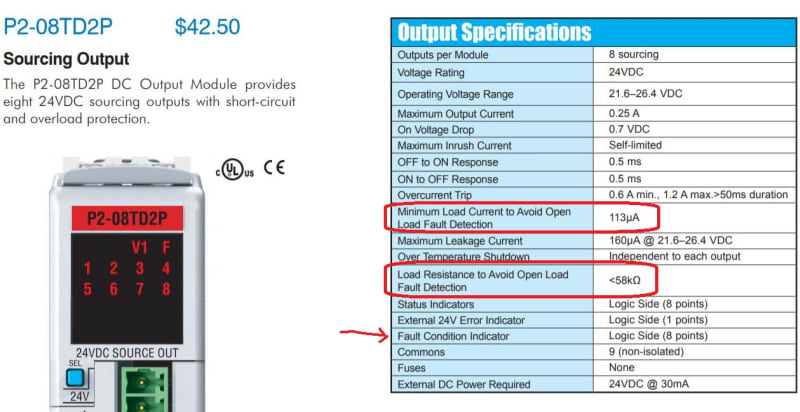CGSmith
Electrical
- Jun 5, 2009
- 19
We have several electro-mechanical actuators with fail safe brakes which release using the solenoid. If the solenoid doesn’t release the brake, the actuator won’t work and hatches/doors won’t open. I’d like to find a way to monitor the solenoid coil when the actuators are not in use....they sit for a long time. It is important that they work when commanded. Anyone have experience with techniques or products that monitor solenoid coils? Thanks!

